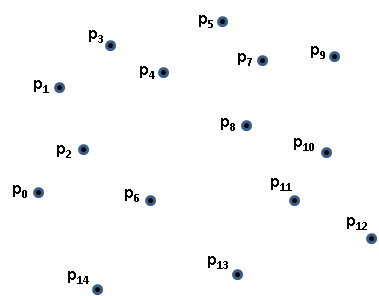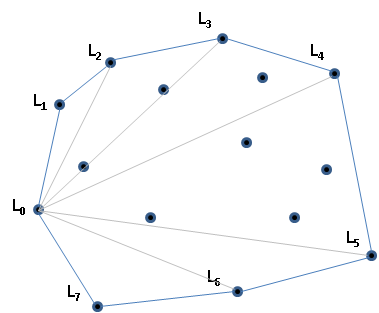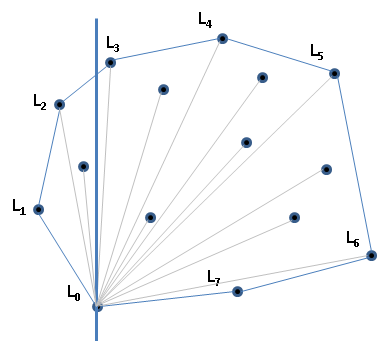George T. Heineman - Algorithms in a Nutshell: A Desktop Quick Reference
Here you can read online George T. Heineman - Algorithms in a Nutshell: A Desktop Quick Reference full text of the book (entire story) in english for free. Download pdf and epub, get meaning, cover and reviews about this ebook. year: 2015, publisher: OReilly Media, genre: Children. Description of the work, (preface) as well as reviews are available. Best literature library LitArk.com created for fans of good reading and offers a wide selection of genres:
Romance novel
Science fiction
Adventure
Detective
Science
History
Home and family
Prose
Art
Politics
Computer
Non-fiction
Religion
Business
Children
Humor
Choose a favorite category and find really read worthwhile books. Enjoy immersion in the world of imagination, feel the emotions of the characters or learn something new for yourself, make an fascinating discovery.
- Book:Algorithms in a Nutshell: A Desktop Quick Reference
- Author:
- Publisher:OReilly Media
- Genre:
- Year:2015
- Rating:4 / 5
- Favourites:Add to favourites
- Your mark:
Algorithms in a Nutshell: A Desktop Quick Reference: summary, description and annotation
We offer to read an annotation, description, summary or preface (depends on what the author of the book "Algorithms in a Nutshell: A Desktop Quick Reference" wrote himself). If you haven't found the necessary information about the book — write in the comments, we will try to find it.
Creating robust software requires the use of efficient algorithms, but programmers seldom think about them until a problem occurs. This updated edition of Algorithms in a Nutshell describes a large number of existing algorithms for solving a variety of problems, and helps you select and implement the right algorithm for your needswith just enough math to let you understand and analyze algorithm performance.
With its focus on application, rather than theory, this book provides efficient code solutions in several programming languages that you can easily adapt to a specific project. Each major algorithm is presented in the style of a design pattern that includes information to help you understand why and when the algorithm is appropriate.
With this book, you will:
- Solve a particular coding problem or improve on the performance of an existing solution
- Quickly locate algorithms that relate to the problems you want to solve, and determine why a particular algorithm is the right one to use
- Get algorithmic solutions in C, C++, Java, and Ruby with implementation tips
- Learn the expected performance of an algorithm, and the conditions it needs to perform at its best
- Discover the impact that similar design decisions have on different algorithms
- Learn advanced data structures to improve the efficiency of algorithms
George T. Heineman: author's other books
Who wrote Algorithms in a Nutshell: A Desktop Quick Reference? Find out the surname, the name of the author of the book and a list of all author's works by series.

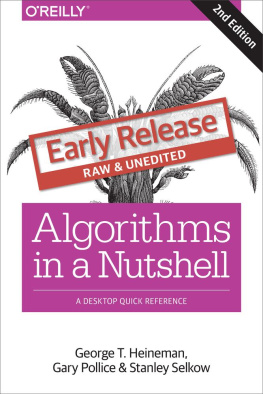

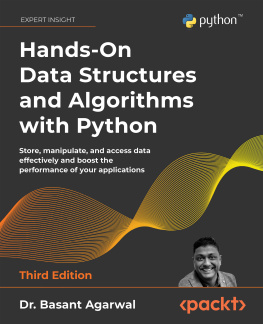
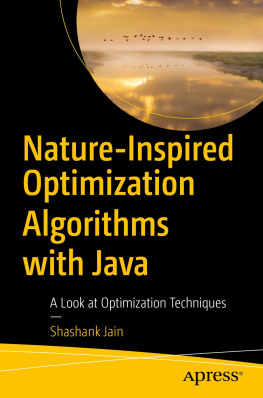
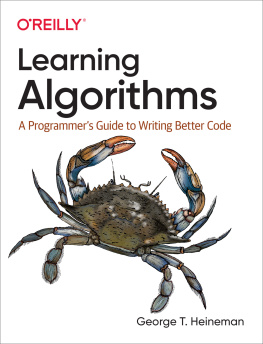
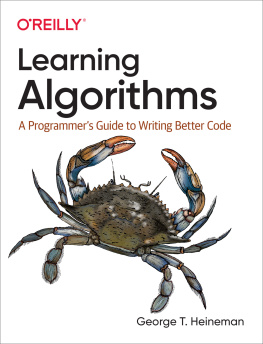
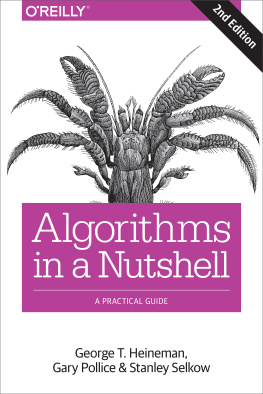
![James Cutajar [James Cutajar] - Beginning Java Data Structures and Algorithms](/uploads/posts/book/119335/thumbs/james-cutajar-james-cutajar-beginning-java-data.jpg)


